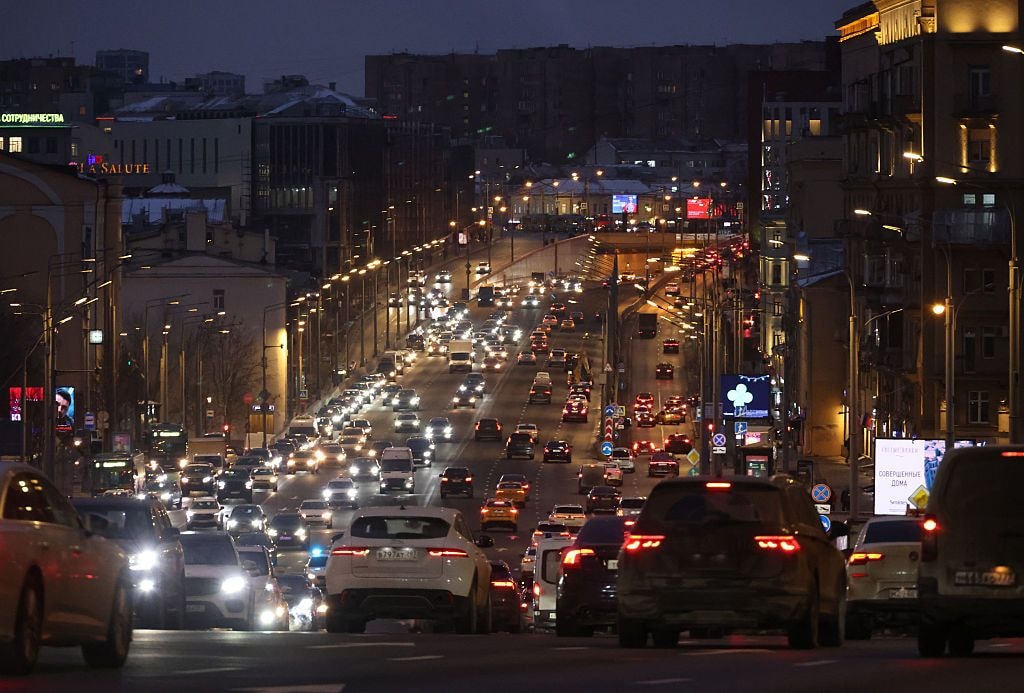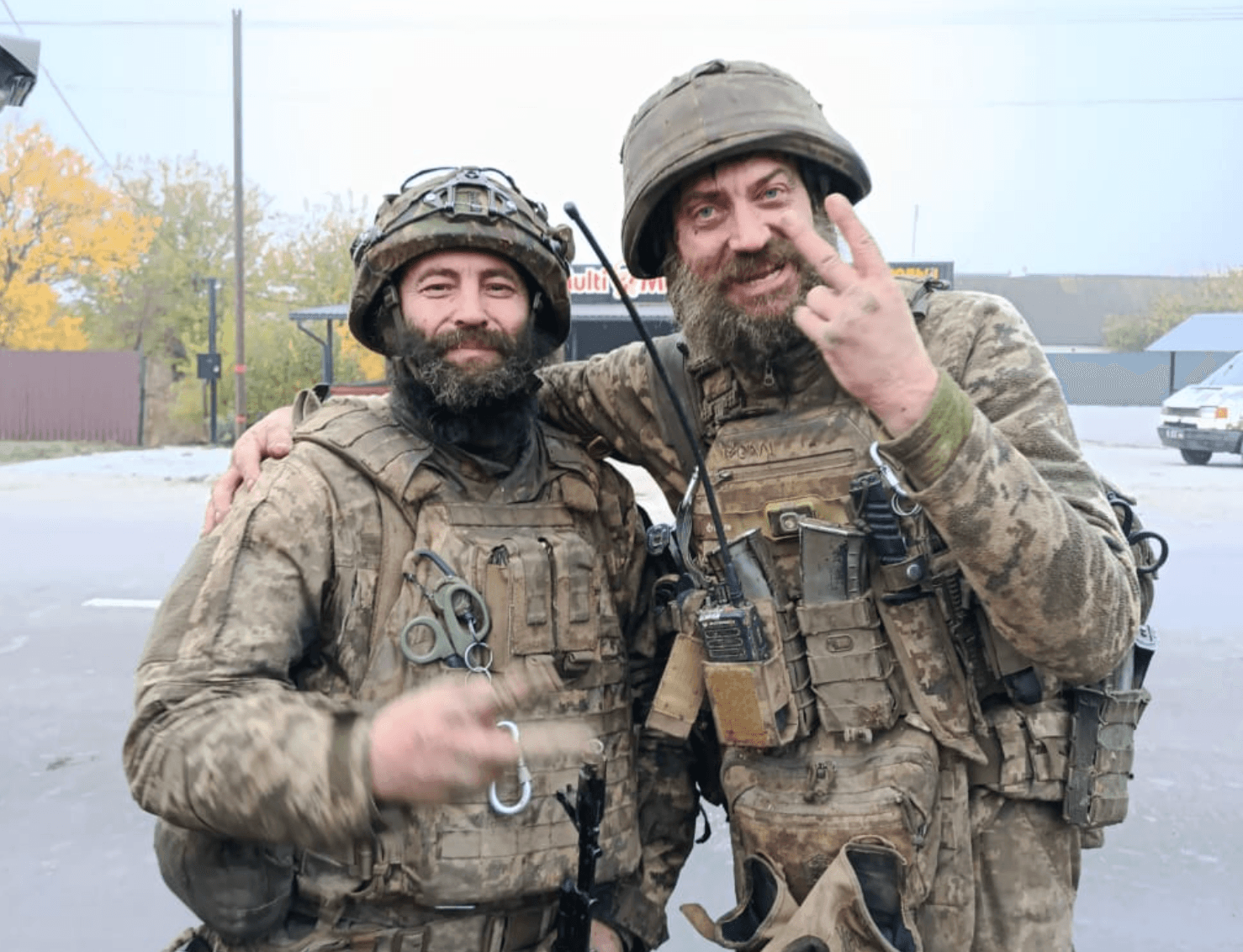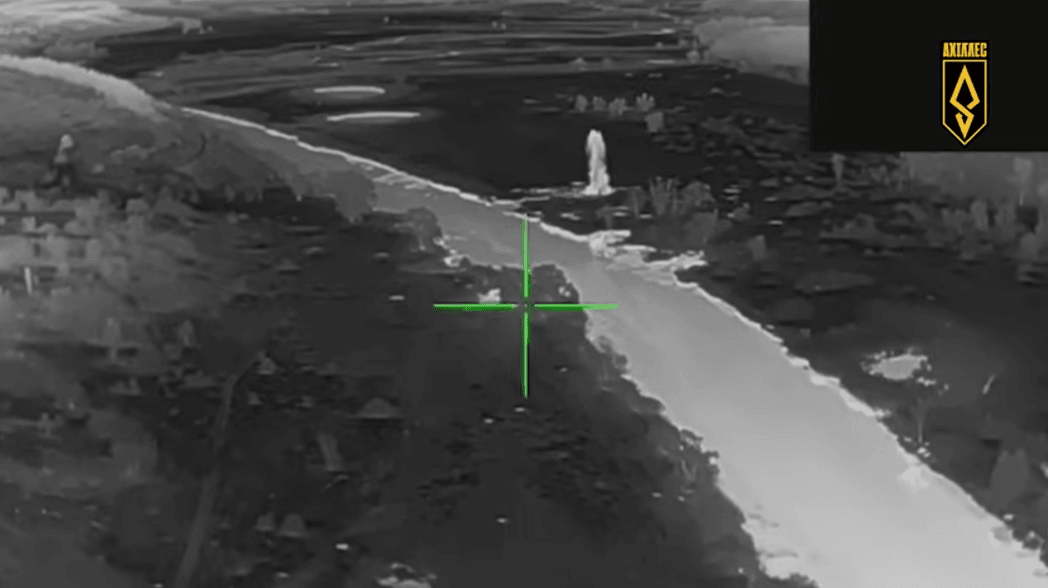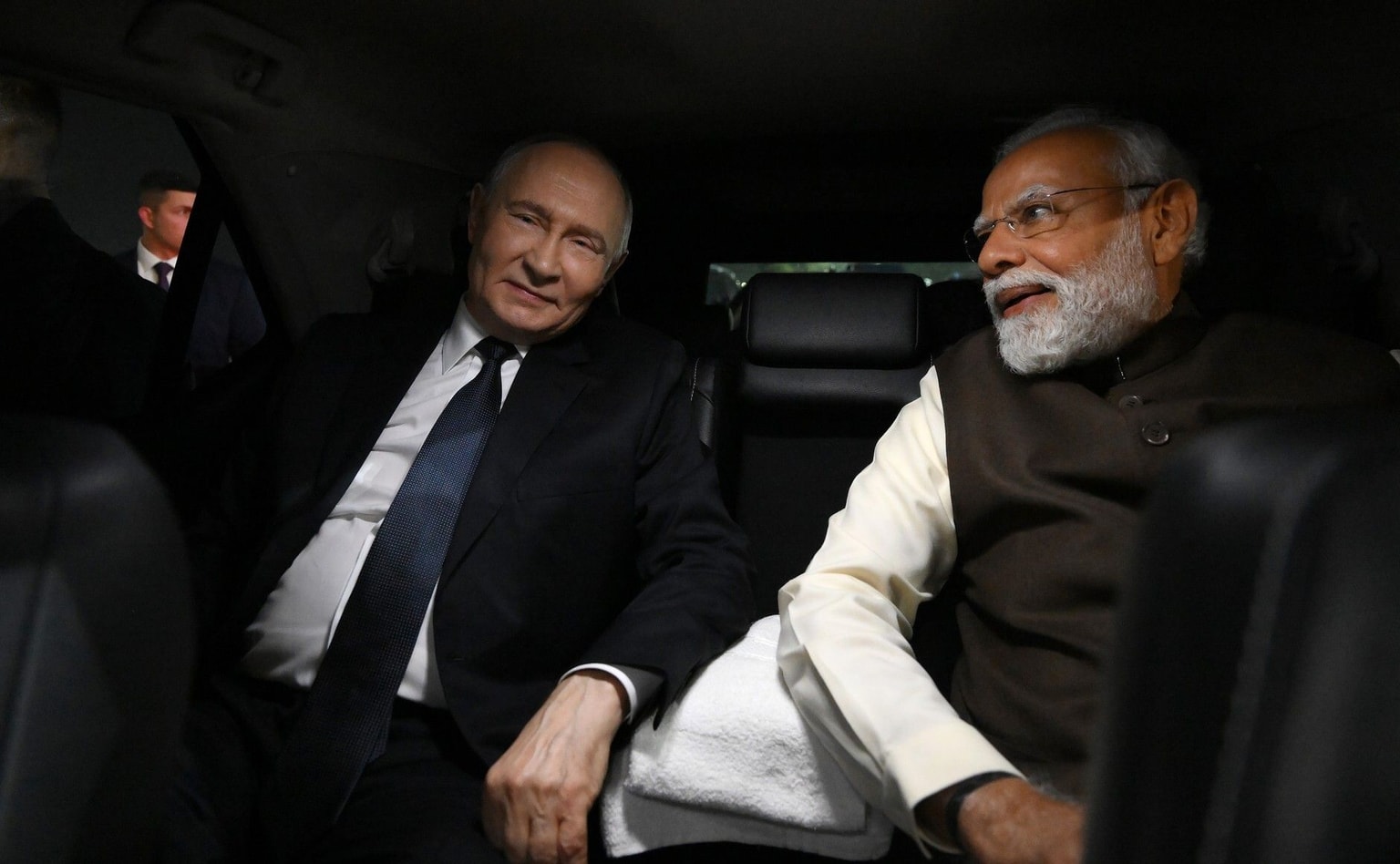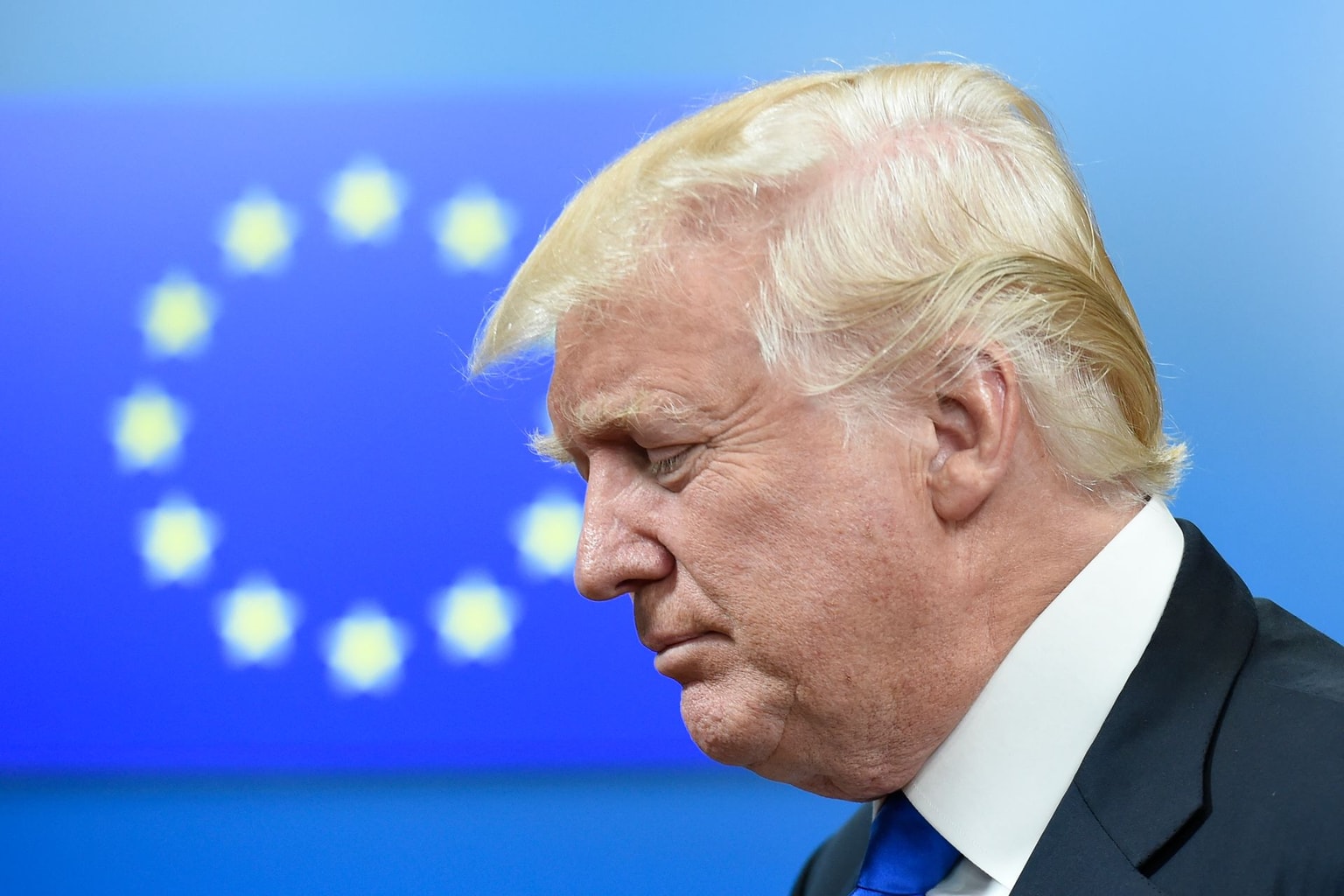Ukrainian charity buys satellite for the army. How will it help fight against Russia?

Since the beginning of Russia’s full-scale invasion, Ukraine has relied on foreign partners when it comes to space intelligence.
Ukraine doesn’t have its own satellite in orbit. That is why it requests satellite imagery from its allies in order to track Russian troop movements and document Russia’s alleged war crimes.
But that is about to change.
On Aug. 18, Ukraine’s Serhiy Prytula Charity Foundation purchased a Finnish-produced ICEYE satellite for the country’s armed forces.
The charity made the purchase with the $17 million initially fundraised by Ukrainians to buy Bayraktar attack drones. The Turkish manufacturer, Baykar, refused to take the money and instead offered three drones to Ukraine for free.
According to an agreement with ICEYE, Ukraine gets one of the company’s 21 satellites and one-year access to imagery collected by other ICEYE spacecraft. Ukraine will remain the sole owner of the satellite for as long as it remains in orbit, and if the satellite fails, the company is obliged to provide Ukraine with a new one.
ICEYE launched its constellation of satellites in 2018. The estimated lifetime for satellites is at least three years. The company claims to operate the world's largest constellation of radar satellites, but it does not disclose how many of them are still in orbit.
In the last 10 years, Ukraine didn’t have its own satellite and spent thousands of dollars buying data from the European Union, China, and the U.S.
In January this year, the country finally launched its own satellite, the Sich 2–30, worth about $8 million, using SpaceX’s rocket Falcon 9. However, a month later, the State Space Agency reported that it was malfunctioning. And in July, Ukrainian media reported that the satellite was lost, citing the letter of the State Space Agency to Prime Minister Denys Shmyhal.
How can satellite images help Ukraine during war?
According to Ukrainian aerospace expert Andrii Kolesnyk, during the war, the military usually relies on three types of intelligence: ground, air (gathered by drones), and space (gathered by satellites).
One of the main advantages of space intelligence is access to archives that make it possible to analyze the movement of enemy troops and their tactics over time. This data helps the army plan strategic military operations.
Another advantage of owning a satellite is the ability to take images outside of Ukraine, such as in Russia, according to Kolesnyk. Foreign companies have thus far refused to take pictures of Russian territory on Ukraine’s behalf, he said.
“Satellites make it possible to see where other types of intelligence cannot,” Kolesnyk told the Kyiv Independent.
Satellites also help gather evidence of war crimes. Thanks to satellite imagery, journalists were able to prove that bodies of killed Ukrainian civilians in Bucha, a Kyiv suburb that was under occupation in the first stage of the war, were lying on the city’s streets for weeks, debunking Russia’s claim that the killings were "staged" after the Russian forces had withdrawn from the area.

The graphic depiction of the Finnish-produced ICEYE-X2 satellite, the second SAR microsatellite by ICEYE launched in December 2018. (ICEYE)
What are the ICEYE satellite’s capabilities?
Ukraine has been receiving free satellite images from such U.S. companies as Maxar Technologies, Planet, and BlackSky – space imagery from these companies is part of the military aid package that the U.S. provides to Ukraine.
These companies mainly send Ukraine images captured by optical satellites that can only function in the daytime and can't penetrate through clouds, according to Kolesnyk.
Finnish ICEYE, however, uses radar satellites that can observe the Earth's surface in any weather, through the clouds, and even at night, says Oles Yasinsky, CEO of Ukrainian company TVIS which sells satellite imagery data. “This is an important advantage because during the year Ukraine has about 5% of cloudless days suitable for shooting with optical satellites,” he told the Kyiv Independent.
One ICEYE satellite weighs 120 kilograms. It moves around the earth at an altitude of 570 kilometers and can fly over Ukraine twice a day, according to Serhiy Prytula, a Ukrainian comedian turned politician who heads the foundation that bought the satellite for Ukraine. One ICEYE satellite image can cover an area of up to 225 square kilometers and take pictures with a resolution from 0.5 meters to 1 meter, depending on the area.
This satellite is already in orbit, meaning there is no need to wait for its launch. The entire ICEYE constellation can take up to 36 satellite images of the territory of Ukraine per day, according to Yasinsky.
The cost of manufacturing and launching a radar satellite of this class exceeds $5 million, Yasinsky said. The commercial cost of one shooting with it ranges from $2,500 to $5,000.
Ukraine will not manage the satellite on its own – it will order images from ICEYE, according to Yasinsky. The Ukrainian military will receive these images within hours of them being taken and will be their sole owner.
“During the war, the speed of obtaining information can be a significant advantage,” according to Prytula.
What are the potential issues?
At the moment it is difficult to assess the satellite's potential impact, as neither Prytula nor ICEYE have disclosed all terms of their contract.
For example, it is not known which satellite Ukraine will use and how long it will remain in orbit.
ICEYE also does not disclose how many of its 21 satellites are currently operating. According to the CelesTrak satellite catalog, there are 20 ICEYE spacecraft in orbit, but Yasinsky claims that this number may be lower.
Knowing how many satellites are actually working is important as it determines the ability of an entire constellation to provide data quickly, according to Yasinsky. “The more satellites are working in orbit, the more often they scan the Earth's surface and make images,” he said.
Another potential challenge for Ukraine is to find specialists who know how to analyze images from radar satellites as this process is completely different from the analysis of images received from optical satellites. However, Yasinsky claims that though there are few such specialists in the whole world, Ukraine does have them.
What we know about Russia’s satellites
Unlike Ukraine, Russia has always relied on its own satellites. According to Kolesnyk, Russia has up to 10 military and civilian satellites – about half of them are the radar type.
“Russia did not expect to use its satellites during the war because it thought that it could seize Ukraine in a few days,” Kolesnyk said.
Russia has now realized its mistake and ramped up the deployment of satellites. There are also rumors that Russia may start using the Iranian Khayyam satellites to monitor the territory of Ukraine, according to Kolesnyk.
Earlier in August, a Russian rocket launched an Iranian satellite into orbit, signaling the expanding cooperation between the two countries suffering from Western sanctions. Iran claims that the satellite would not be used for military purposes.
The Associated Press reported citing Western intelligence officials that Russia has also reportedly received hundreds of drones from Iran.


